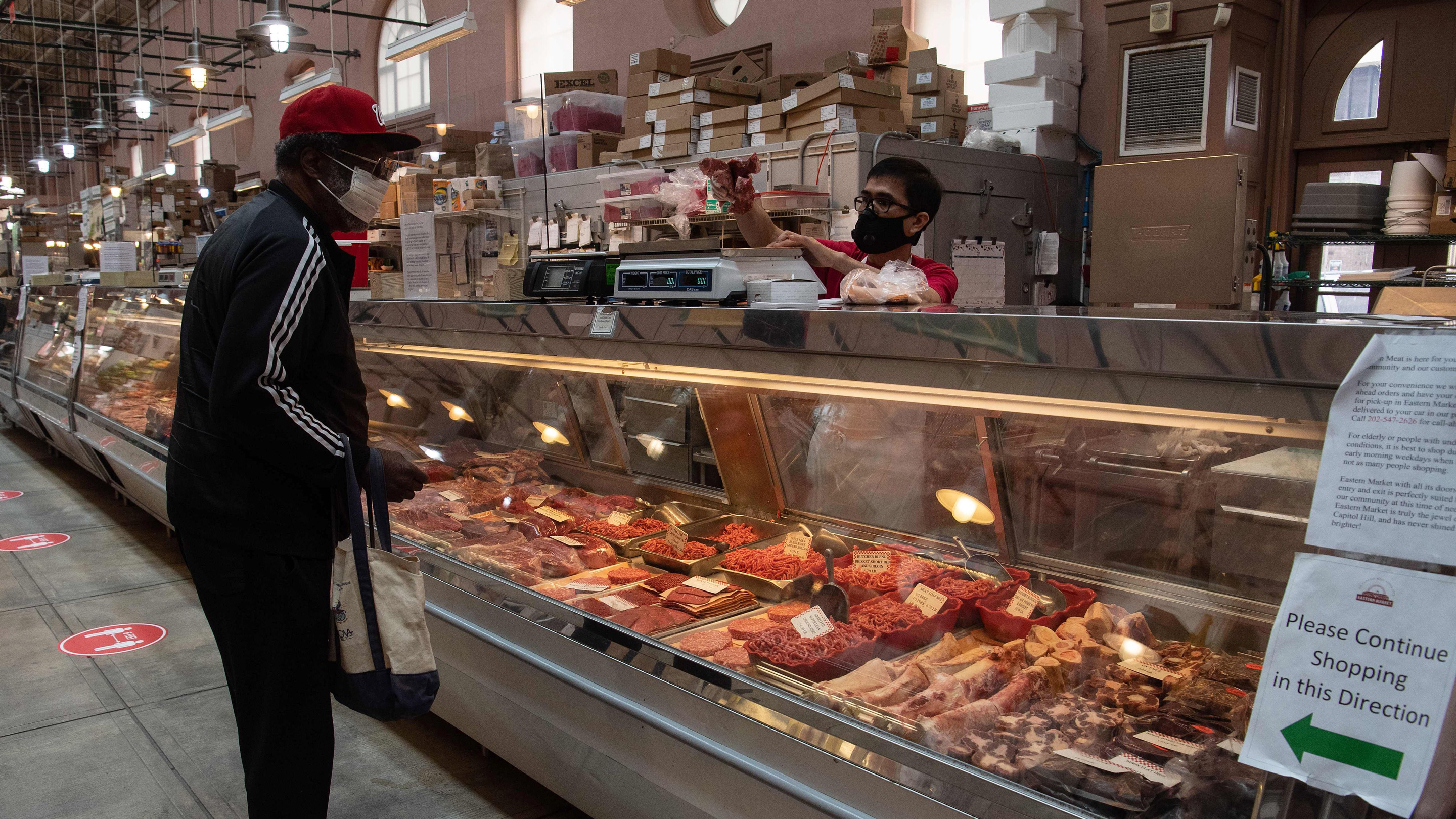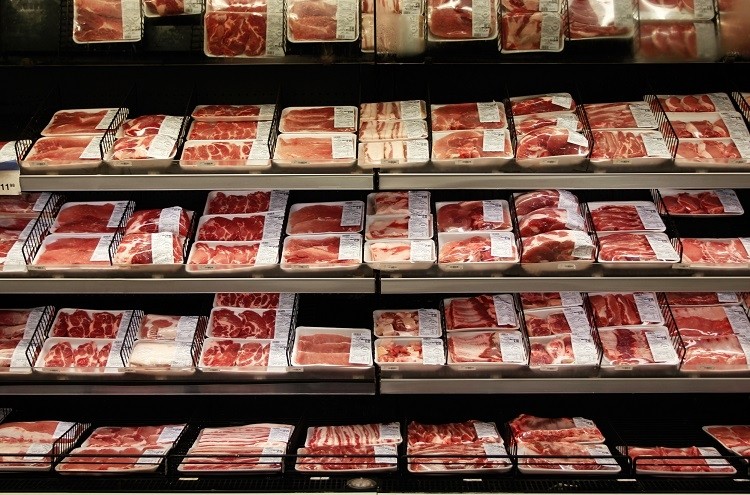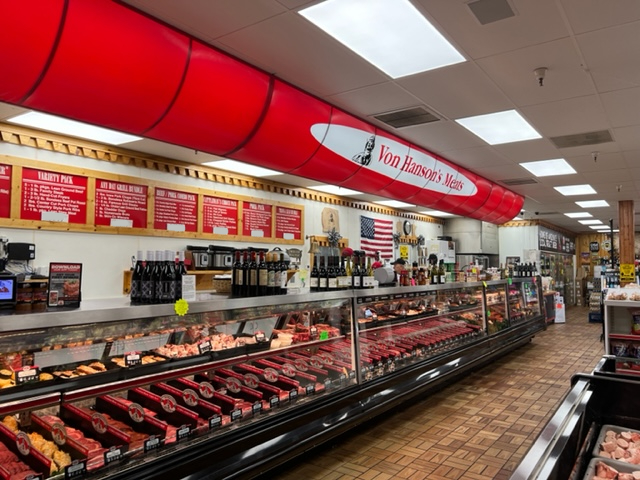Uncover the Art of the Butcher's Cut in a Modern Meat Market
In the ever-evolving landscape of modern meat markets, the butcher's cut has transcended its conventional origins, combining age-old craftsmanship with modern methods. What absolutely sets the modern-day butcher apart is their capability to build a deeper link in between consumers and the beginnings of their meat.
Evolution of Butchery Methods

The mid-20th century saw butchery techniques further improved by clinical insights into muscular tissue biology and meat aging, improving both tenderness and taste. Technologies like vacuum cleaner packaging and refrigeration extended item shelf-life, enabling butchers to diversify offerings and improve top quality control. This duration also noted the increase of specialized equipment, such as band saws and meat slicers, which raised accuracy and effectiveness in meat processing.
Computerized systems currently aid in monitoring pet provenance and enhancing cuts to fulfill particular consumer preferences. In addition, a revival in artisanal butchery has actually arised, blending typical skills with modern-day knowledge to cater to consumers seeking moral and lasting meat alternatives.

Understanding Meat Cuts

Comprehending the intricacies of meat cuts is necessary for both butchers and consumers looking for high quality and worth. Each cut comes from a various component of the animal, presenting one-of-a-kind tastes, textures, and food preparation approaches. Mastery of these distinctions not only improves culinary experiences but also optimizes the utility of each carcass. For butchers, accurate cuts mirror skill and respect for the craft, making certain very little waste and ideal yield.
The key groups of meat cuts include primitive, sub-primal, and retail cuts. Butchers then damage these down even more into sub-primal cuts, prior to lastly producing retail cuts readily available to customers, like ribeye or tenderloin.
Recognizing muscle mass composition is important; muscles made use of a lot more often by the pet often tend to be harder and are best fit for sluggish food preparation approaches, while less-used muscular tissues, like those found in the loin, are extra tender and ideal for grilling or roasting. Knowledge with these distinctions empowers consumers to make educated options, improving their cooking undertakings.
Picking Quality Meat
Choosing the ideal meat involves greater than just picking an aesthetically enticing piece from the display. The art of choosing quality meat needs a critical eye and knowledge of particular qualities that symbolize quality and excellence. Pay attention to the shade; beef should have a bright, cherry-red shade, while lamb needs to show a soft pink tone, and pork a light pink. This indicates the meat is fresh and hasn't been exposed to oxygen for also lengthy.
Second of all, take into consideration the marbling, which refers to the white flecks of fat within the muscle mass. Proper marbling is a vital indicator of tenderness and flavor, as it thaws throughout food preparation, boosting the meat's juiciness. Remember, greater marbling frequently correlates with superior high quality cuts, such as USDA Prime.
Structure is one more vital factor; meat must feel firm to the touch, not slimy or excessively soft. Furthermore, be mindful of the aroma. Fresh meat needs to have a tidy, neutral smell, devoid of any kind of sour or off-putting smells.
Matching Cuts With Food Preparation Approaches
Successfully coupling cuts of meat with the appropriate food preparation approaches is important for accomplishing optimum flavor and texture. Different cuts differ in inflammation, marbling, and connective tissue content, each calling for particular techniques to unlock their potential. As an example, tender cuts like filet mignon and ribeye, with their Read Full Article inherent marbling, benefit from high-heat, quick-cooking approaches such as grilling or pan-searing. These techniques enhance the meat's all-natural tastes and ensure a juicy surface.
Conversely, harder cuts like brisket and chuck roast are abundant in collagen, which breaks down right into gelatin when prepared gradually. These cuts are perfect for braising or sluggish roasting, enabling the meat to tenderize gradually and create deep, complicated flavors. Likewise, cuts such as short ribs and pork shoulder prosper with slow-cooking techniques, where expanded cooking times transform their durable textures right into delicious dishes.
Lamb shanks and oxtail, which need prolonged food preparation to tenderize, are ideal prospects for stewing or sluggish simmering. These techniques coax out abundant, hearty tastes while maintaining dampness. By comprehending the one-of-a-kind attributes of each index cut, chefs and home cooks alike can raise their cooking creations, ensuring each dish is both satisfying and remarkable.
The Butcher's Function Today
Navigating the progressing landscape of the modern-day meat market, the butcher's duty today expands past plain preparation of cuts. Contemporary butchers are cooking craftsmens, educators, and supporters for sustainable methods.
In enhancement to crafting accurate cuts, butchers now engage straight with consumers, offering cooking guidance and tailoring choices to match individual needs and preferences. Their proficiency in meat aging, marbling, and taste accounts equips consumers to make educated choices, improving their culinary experiences. This tailored service exemplifies the butcher's advancing role as a trusted advisor in the kitchen area.
Additionally, butchers are critical in decreasing waste, using whole animals to create varied items such as sausages and supplies - bagley farms meat market edwardsville il. This detailed approach not only respects the pet however also aligns with contemporary sustainability goals. By doing this, the modern butcher embodies both tradition and technology, adjusting to an ever-changing market while preserving the creativity and integrity of their visit this web-site craft

Conclusion
The contemporary butcher's craft elaborately weaves traditional strategies with modern-day technologies, emphasizing lasting practices and honest sourcing. Proficiency in recognizing varied meat cuts and high quality signs empowers butchers to provide informed recommendations, lining up details cuts with ideal food preparation approaches. This know-how not only boosts culinary experiences however likewise reinforces the link in between customers and the beginnings of their food. By honoring historic practices while accepting contemporary needs, the butcher's role continues to be crucial in today's sophisticated meat market.
Comments on “Check Out the Local Taste at Bagley Farms Meat Market Edwardsville IL: Fresh and Delicious”